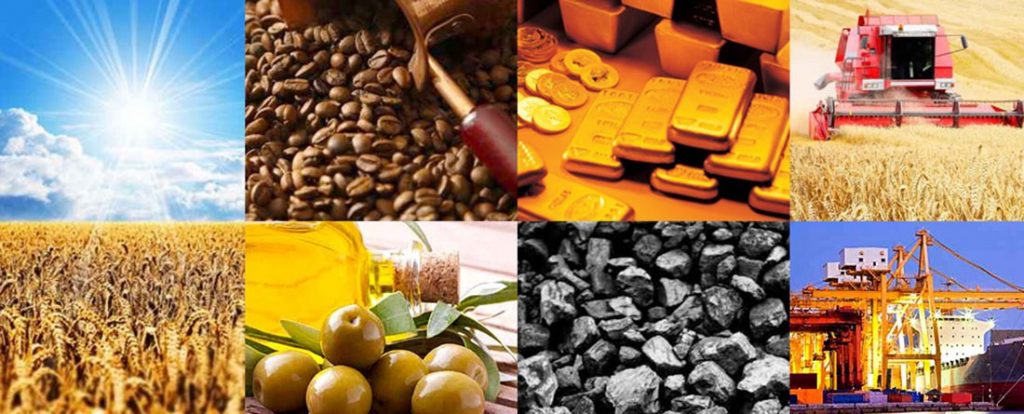RIO DE JANEIRO, BRAZIL – The Brazilian trade balance registered a positive balance of US$ 30.963 (R$124) billion from the beginning of this year to last Sunday, August 25th, according to a report issued by the Secretariat of Foreign Trade and International Affairs of the Ministry of Economy on Monday, August 26th.
This represents a 16.4 percent decrease over the same period of 2018.

This year, exports totalized US$144.767 billion and imports US$113.804 billion. In August, exports totalized US$14.777 billion and imports US$12.279 billion, with a positive balance of US$2.488 billion.
According to the ministry, the balance also registered a surplus of US$1.078 billion in the fourth week of August 2019. The balance is the result of exports of US$4.590 billion and imports of US$3.512 billion. In the comparison between the averages of the third and fourth week of August, there was a growth of 8.2 percent.
The average daily exports from the fourth week hit US$917.9 million, against US$848.1 million from the third week.
The result was justified by a 21.2 percent increase in commodity exports, which rose from US$453.8 million to US$ 549.9 million. Iron ore, crude oil, soybeans, corn beans, and coffee beans stand out in the list.
However, in the same period, sales of semi-manufactured products decreased by 13.9 percent, from US$110.2 million to US$94.8 million. The result was pulled by raw cane sugar, pulp, semi-manufactured iron/steel, raw soybean oil, and raw aluminum.
The balance also decreased manufacturing sales by 3.8 percent, from US$284.1 million to US$273.2 million.
On the other hand, the decrease in the number of imports was due to a significant decrease in terms of spending, especially on mechanical equipment, beverages and alcohol, pharmaceuticals, cotton, and electronic equipment.
The decrease in import volume was 3.9 percent when comparing the fourth week’s average of US$702.3 million to the third week’s average of US$730.6 million.
Despite the positive result, the comparison between the four weeks of August 2019 and the same period last year shows that there was a 7.3 percent reduction in exports.
In August 2019, the trade balance registered a surplus of US$868.6 million, against US$937.1 million in 2018.
“The reduction reflected the 25.6 percent drop in manufactured goods sales from US$ 377.6 million to US$280.9 million. Semi-manufactured sales were up 14.9 percent, that is, from US$91.9 million to US$105.7 million.
“Exports of commodities also rose from US$ 459.9 million to US$482.1 million,” the ministry said.
The ministry added that compared to July 2019, there was a 0.4 percent drop in exports, due to a 2.2 percent decrease in sales of manufactured goods, from US$287.1 million to US$280.9 million.
Semi-manufactured sales rose 1.4 percent from US$ 104.2 million to US$105.7 million, while basic sales increased 0.3 percent from US$480.6 million to US$ 482.1 million.

Regarding imports, the daily average through the fourth week of August 2019 was US$722.3 million, 11.5 percent below last year’s August average of US$816.4 million.
In this case, the main reductions feature fuels and lubricants (-35.4 percent), copper and its alloys (-35.0 percent), motor vehicles and parts (-23.8 percent), fertilizers (- four percent) and plastics and alloys (-3.7 percent).
According to the information, “Compared to July 2019, there was a 6.5 percent decrease in imports caused by the following drops: aircraft and parts (-50.5 percent), fuels and lubricants (-32.7 percent), copper and its alloys (- 26.0 percent), pharmaceuticals (-24.1 percent) and plastics and alloys (-8.4 percent)”.

